We may earn money or products from the companies mentioned in this post. This means if you click on the link and purchase the item, I will receive a small commission at no extra cost to you ... you're just helping re-supply our family's travel fund.
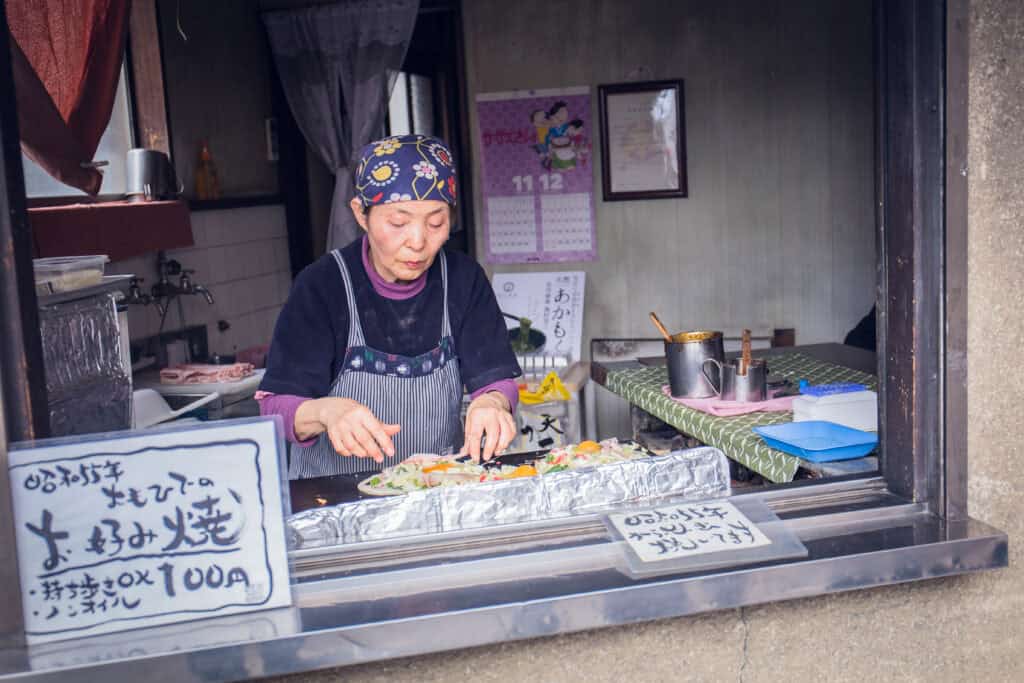
Some markets run on clocks. These run on memory. In stalls that feel like family kitchens, recipes live in hands rather than cards. The seasoning comes from stories, the timing from practice, and the welcome from people who have ladled the same pot for years. Smoke carries clues, counters hold small bills, and produce sellers greet cooks by name. What emerges is not nostalgia but continuity. The plate tastes like a place that refuses to rush what matters.
Mercado 20 de Noviembre, Oaxaca, Mexico
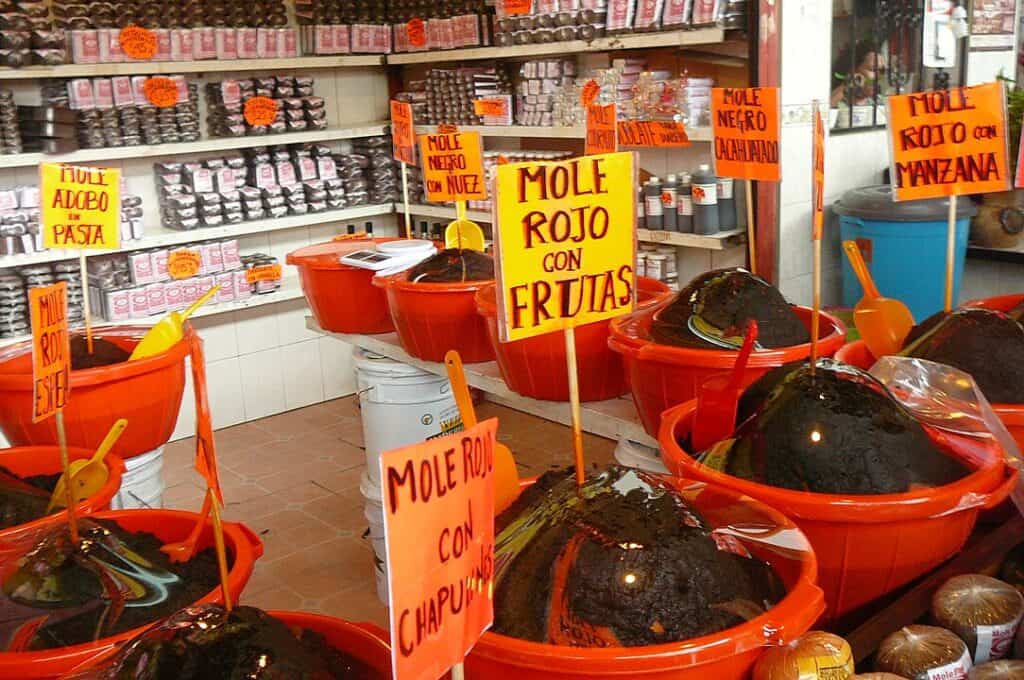
Smoke from the carne asada hall drifts toward comedores where abuelas pat tlayuda dough and stir pots of mole negro that shine like lacquer. Chapulines crackle on griddles, while chocolate de agua warms in clay jarras. Vendors pull tortillas from blue corn masa that still smells of nixtamal. Recipes arrive with a half smile and a quick story, then the plate lands with a wedge of avocado and a pace that asks the palate to listen.
Nishiki Alley Kitchens, Kyoto, Japan
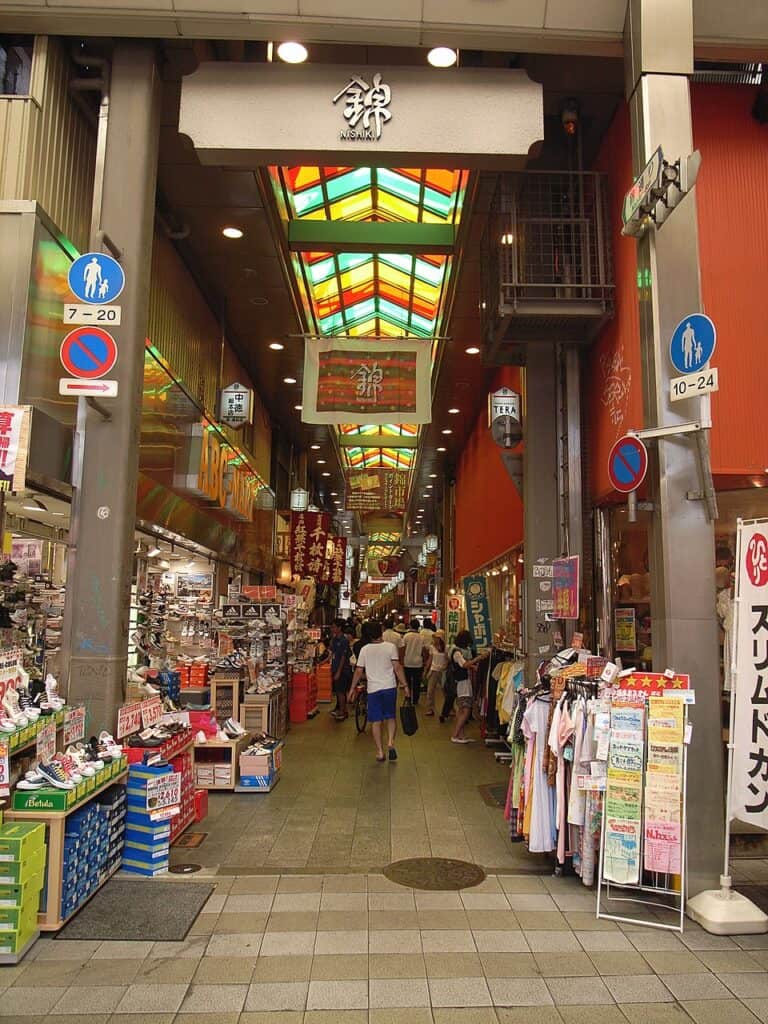
Between pickled sansho and gleaming knives, small counters serve obanzai that reads like a season in bowls. Simmered kabocha, burdock, and tofu bathe in broths tuned by touch, not timers. Elder cooks watch steam and listen for the soft knock of doneness. A shy nod means seconds might happen. Rice arrives with a pinch of sesame and a sense that restraint can still surprise. The alley hums, yet the food keeps a quiet center that steadies the day.
Mercato di Ballarò, Palermo, Italy
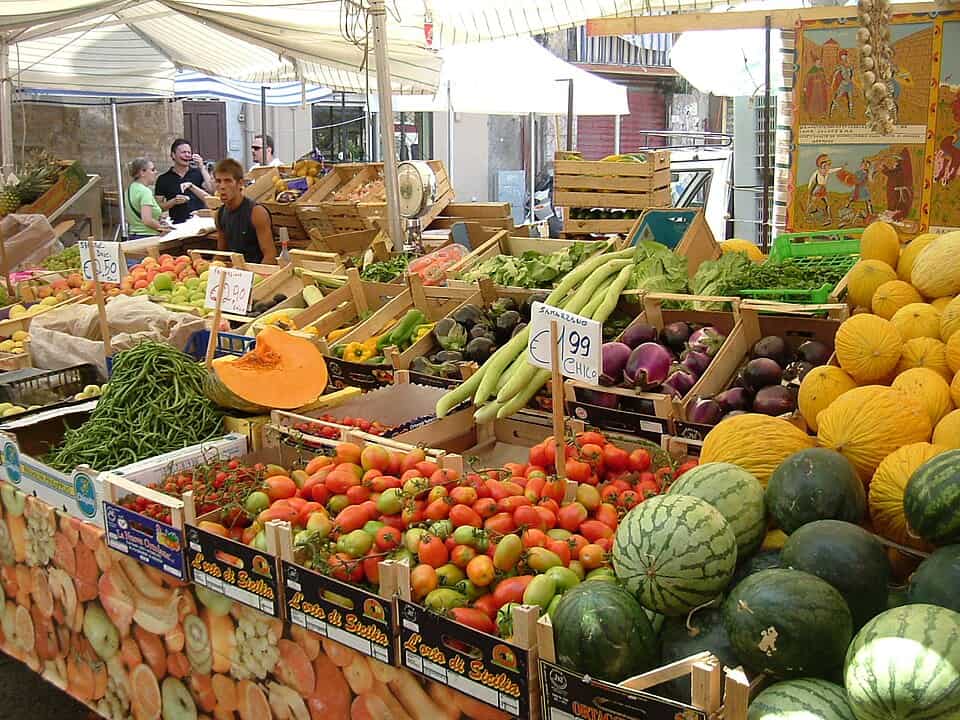
Amid fish calls and rattling crates, nonne spoon caponata that leans sweet then savory, fry panelle until edges crisp, and brush oil over sfincione that glows tomato red. Lessons travel by glance and gesture, and the line moves when the sauce says so. Swordfish sizzles beside fennel salads dressed for sun. A paper cone of fritters warms the hand while church bells test the batter’s crunch. The meal ends with lemon ice and a promise to return.
Kadıköy Çarşı, Istanbul, Turkey
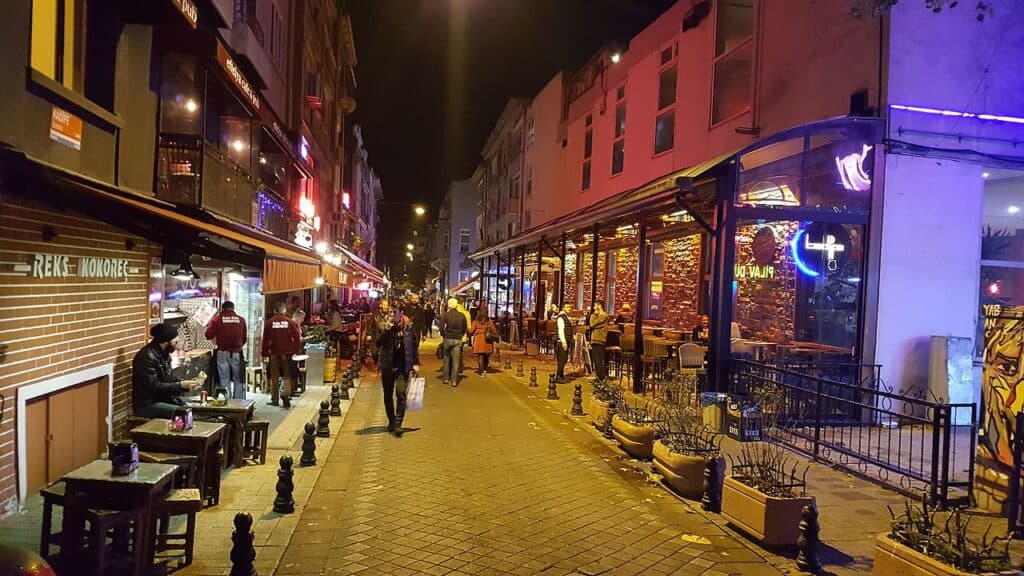
Tezgah tables fill with grape leaves rolled tight by practiced fingers, trays of börek flake in careful layers, and copper pans hold menemen that smells of market tomatoes. Grandmothers taste with bread, not spoons, and measure salt by memory. Spice shops nearby answer with mint, sumac, and pepper that wake the sauces. Tea keeps time in slim glasses as ferry horns drift across the streets. The lesson is patience followed by abundance that still feels precise.
Chợ Đồng Xuân Alleys, Hanoi, Vietnam

Steam lifts from bánh cuốn as rice sheets slide like silk, then fold around mushrooms and pork under a flick of scallion oil. Aunties keep ladles moving through pho that balances cinnamon, charred onion, and beef bones gone clear. Herbs arrive crisp and clean, a short walk from the source. The air holds lime, fish sauce, and the sizzle of morning. Stools gather strangers into quick communities, and the last sip of broth lands like a small thank you.
Surquillo Market No. 1, Lima, Peru
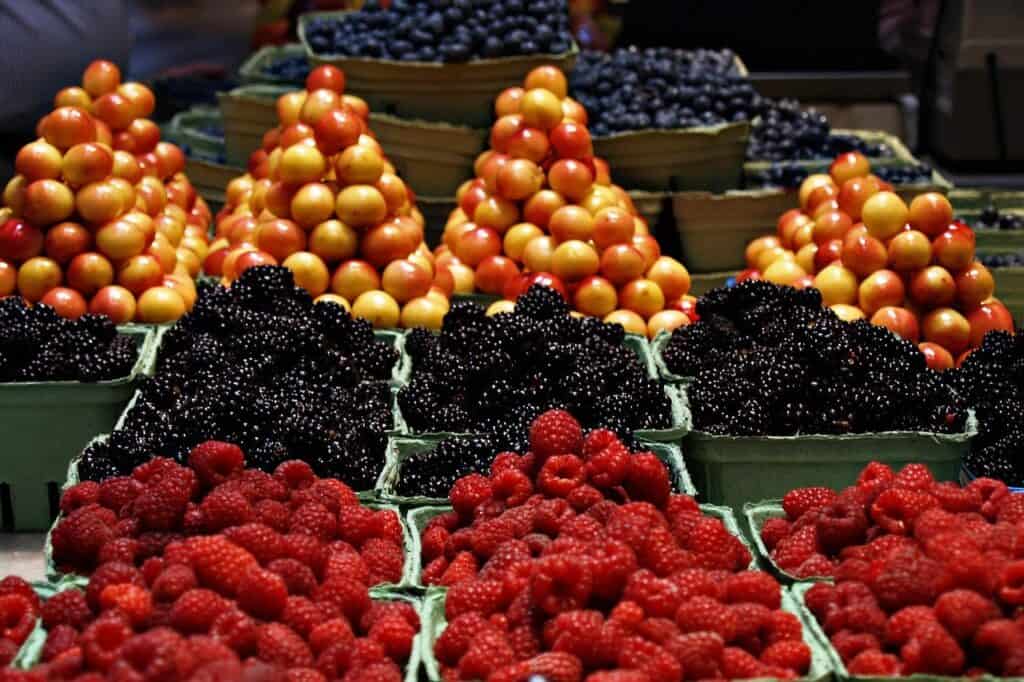
Behind stalls of limes, ají amarillo, and choclo, cocineras build causa with steady hands and layer chupe that tastes of sea and field together. Seco de res turns tender in cilantro gravy, then meets rice that carries its own perfume. Conversations cover ripeness, schooldays, and the price of potatoes, all between ladles. Salsas sing but never shout. A spoon of mazamorra ends the circuit sweet and purple, proof that dessert can be calm and completely sure of itself.
La Vega Central, Santiago, Chile
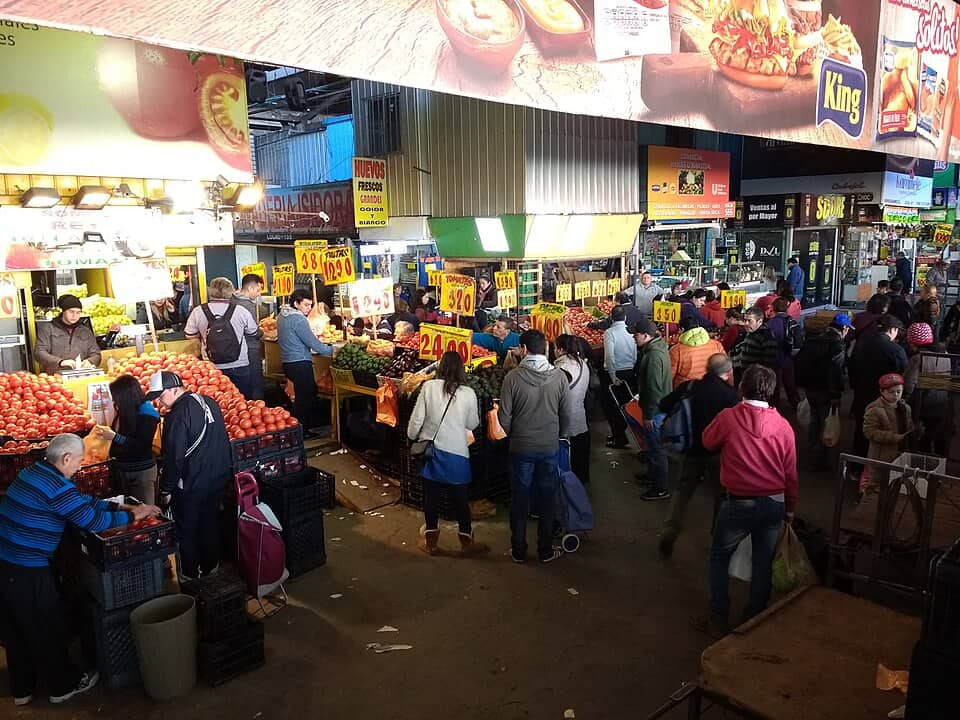
Cocinerías line the aisles with cazuela that holds squash, beef, and broth clear as glass. Pebre waits in bowls for bread that still carries oven heat. Pastel de choclo emerges caramelized at the edges, spooned by women who time with eyes and wrists. Produce piles look like color exercises, and vendors pass onions across the counter with a laugh. Lunch drifts into afternoon without apology. The bill arrives handwritten, and the farewell turns into a recipe hint.